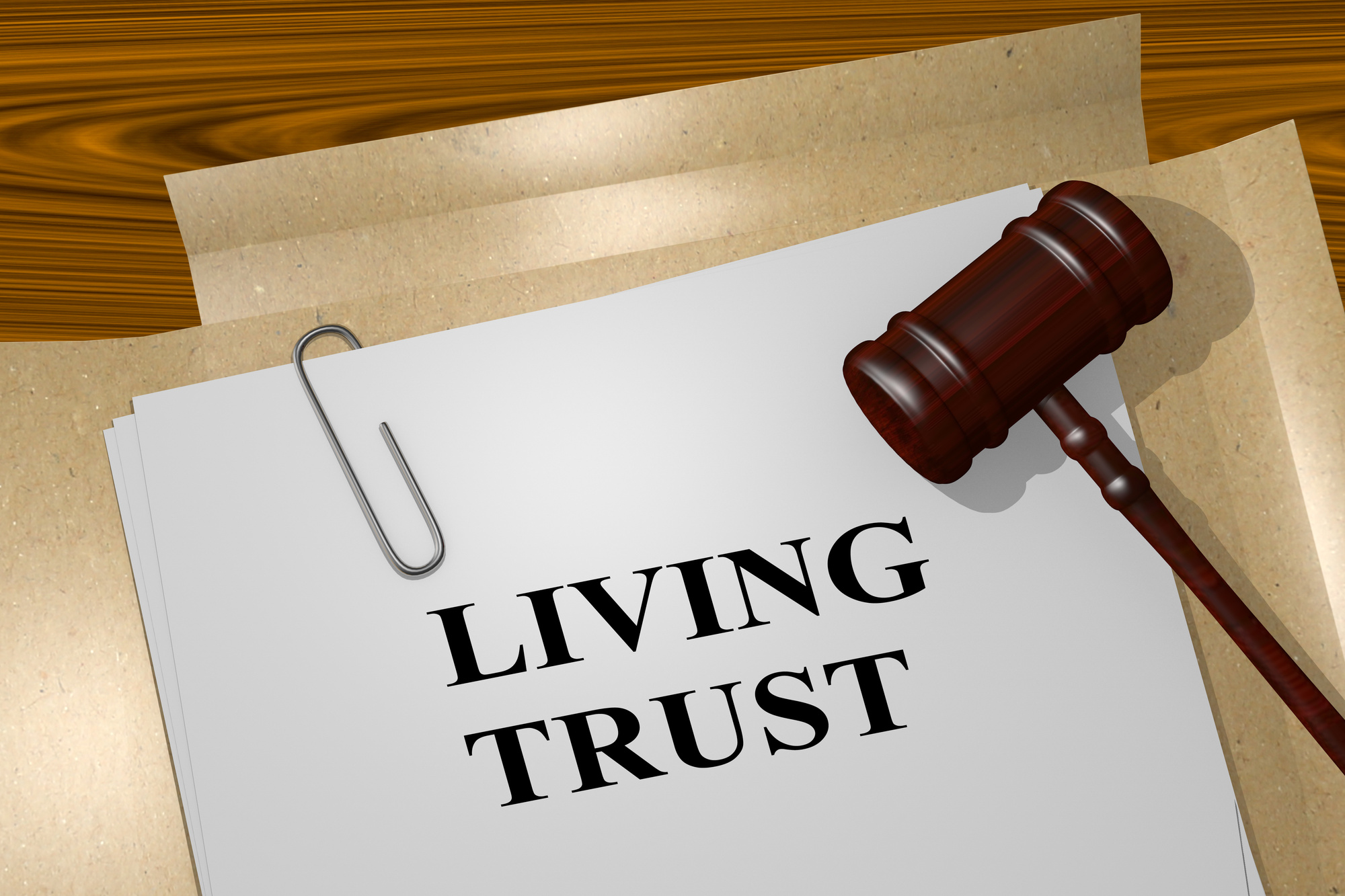You may have set up a living trust, but it won’t be effective until you transfer ownership of your assets to it.

The first step in having your assets held by your revocable living trust is to establish a living trust. When you fund a living trust, your assets are transferred to the trust and become formally owned by it, allowing the trust to operate as you intended.
Table of Contents
Changing Trust Ownership
When you transfer assets to a living trust, you are transferring legal ownership of your assets from your name to the trust’s name. Most individuals set up a living trust with themselves as trustees, so you may continue use and manage your assets while they are formally held by the trust. It is important to note that the trust’s assets will continue to be linked to your social security number. To begin, prepare a full list of the assets you wish to transfer so that you don’t leave anything out.
Real Estate Transfer to a Trust
The house is one of the most valuable assets that most people hold, and it is probable that you will desire to put this asset into your trust. A deed, a document that transfers ownership to the trust, may be used to transfer your house (or other real property) to the trust. The most popular and easiest approach is a quitclaim deed (and one you can do yourself). A warranty deed, on the other hand, assures that you have sound title when you transfer it and may make it simpler for your trust beneficiaries to sell the house in the future.
You should consult with an attorney to determine which sort of deed is suitable for your case. Because certain states require all deeds to be completed by lawyers, you may not be able to do it on your own. After completing the deed form, you must submit a real estate deed with your county and pay a filing fee.
Even if you have a payable on sale clause, a deed transfer should not effect your mortgage. However, you should double-check your title insurance (if you have it). You may be able to simply transfer it to the trust, or your title insurance provider could need the trust to purchase a new policy.
Once the deed is transferred, you may need to update your homeowner’s insurance to reflect the trust as the property’s owner. If you acquire a real estate tax exemption, you must ensure that it is appropriately used by displaying trust paperwork to the taxation authority, such as a certificate of trust (a document your attorney can create that certifies the existence of the trust).
Adding Vehicles to a Trust
If you want to transfer ownership of your automobile or truck to your trust, you must first discover whether your state allows a trust to possess a vehicle (check the DMV web site or consult your attorney). You should also contact your insurance carrier to ensure that coverage will continue when the transfer is completed. To transfer ownership, get a title change form from your DMV and fill it out, listing the trustee (as trustee of your trust) as the new owner. If the clerk attempts to add sales tax on the transfer, you will need to talk with a supervisor. If you own a boat, you must go through a similar process to transfer title.
Putting Financial Assets in Trust
To transfer assets to your actual living trust, such as investments, bank accounts, or shares, you must contact the institution and fill out a form. You will very certainly be required to give a certificate of trust as well. For simplicity of usage, you may choose to keep your personal checking and savings accounts separate from the trust.
Personal Property Transfer to a Trust
You most certainly possess numerous items for which you do not have formal titles or ownership records, such as jewellery, furniture, collectibles, and random items that fill your house. You may mention them in your trust document on a property schedule (essentially a list you attach to the trust form that is referenced to in the document) and declare that their ownership is being transferred to the trust. If any of these things are insured, make sure the insurance is transferred to the trust’s name.
What Can’t Be Put in a Trust?
There are certain things that you cannot or should not put your confidence in. Individual Retirement Accounts (IRAs) cannot be owned by a trust, thus they must be held in your own name, but the trust may be named as a primary or secondary beneficiary. Beneficiaries of a life insurance policy are often specified as revocable living trusts. It’s a good idea to consult with a lawyer or accountant to understand any tax ramifications.
If you buy or inherit things after establishing the trust, you should transfer them to the trust as quickly as feasible. If at all feasible, acquire products as trustee of the trust so that they are automatically deposited in the trust.
Think of a Pour Over Will.
You will also need a pour over will to further protect yourself. This final will and testament, which may be established by your attorney, will state that any assets left in your name be transferred to the trust following your death, ensuring that your trust is full and provides all of the advantages you intended.
Check your list of assets to ensure that they have been transferred to your trust. Making sure your living trust is properly financed will give you with the security you need as well as the peace of mind knowing your affairs are in order.
